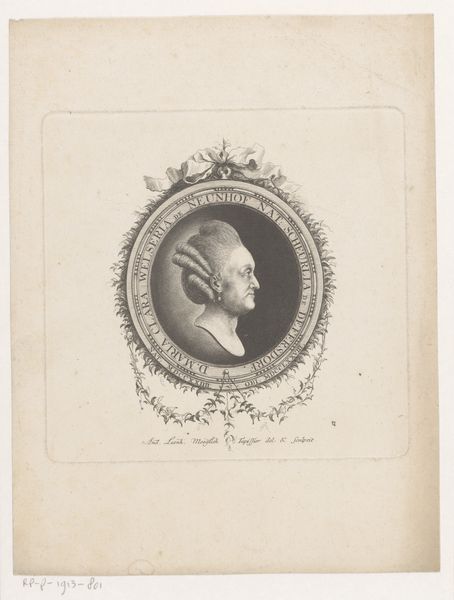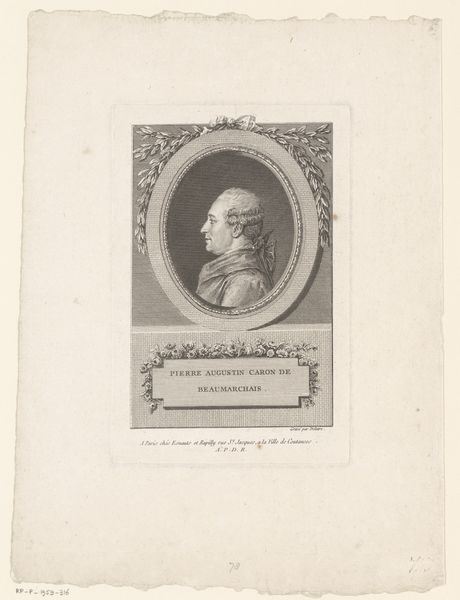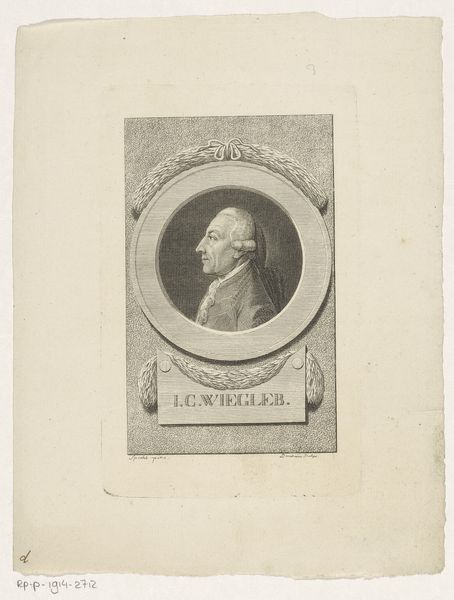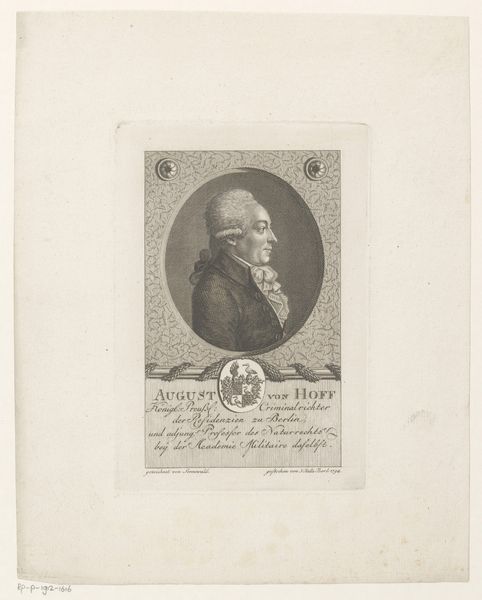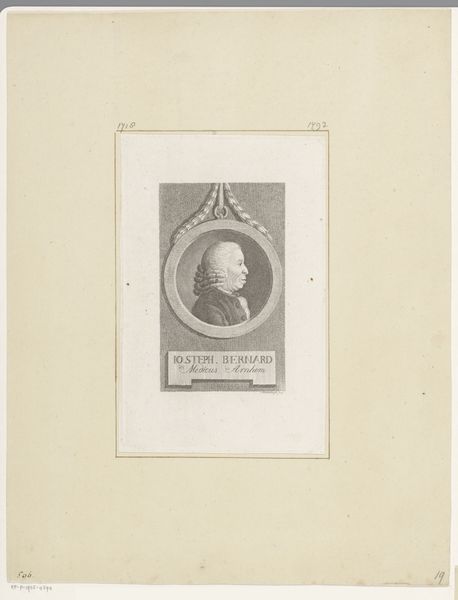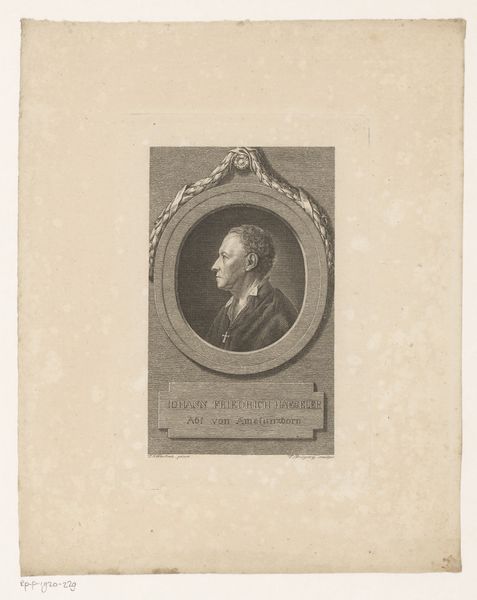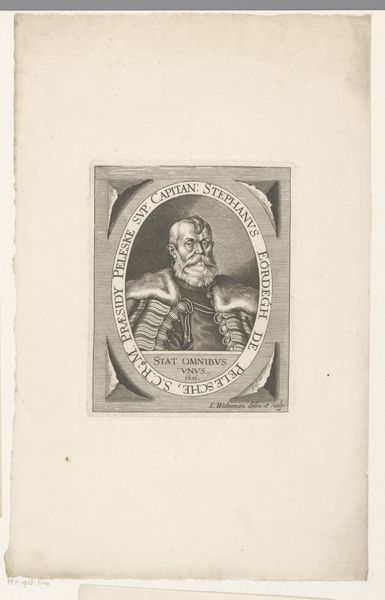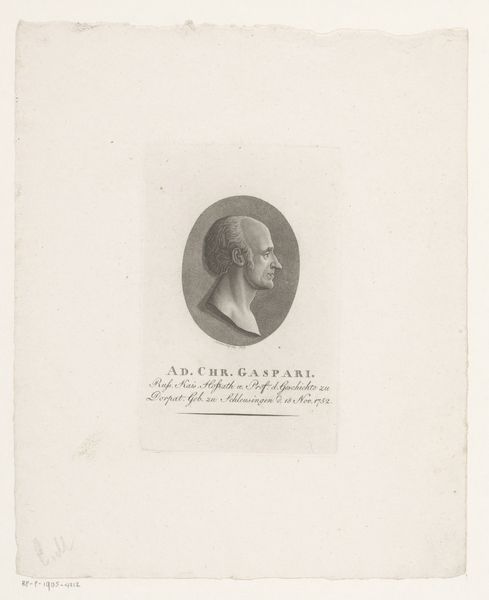
paper, engraving
#
portrait
#
paper
#
11_renaissance
#
engraving
Dimensions: height 138 mm, width 95 mm
Copyright: Rijks Museum: Open Domain
This is a portrait of Pierre Pigray, made by Thomas de Leu, sometime between 1560 and 1620. As a print, it exists as an image that could be circulated and viewed by many people. Pigray was a physician to King Henry the 4th of France, but the Latin inscription around the portrait suggests that this image carries wider connotations than just a likeness of a royal doctor. It declares his virtues, genius, and learning. The print seems to declare that Pigray embodies those qualities that are necessary for the smooth and virtuous functioning of the French state. The work thus contributes to the public role of art. It implies that portraiture is a form of political imagery, which is shaped by the social conditions of its production. To fully understand it, we could research the history of medicine, the court of Henry IV, and the art market in early modern France. We might reflect on the meaning of art as something contingent on its social and institutional context.
Comments
No comments
Be the first to comment and join the conversation on the ultimate creative platform.
